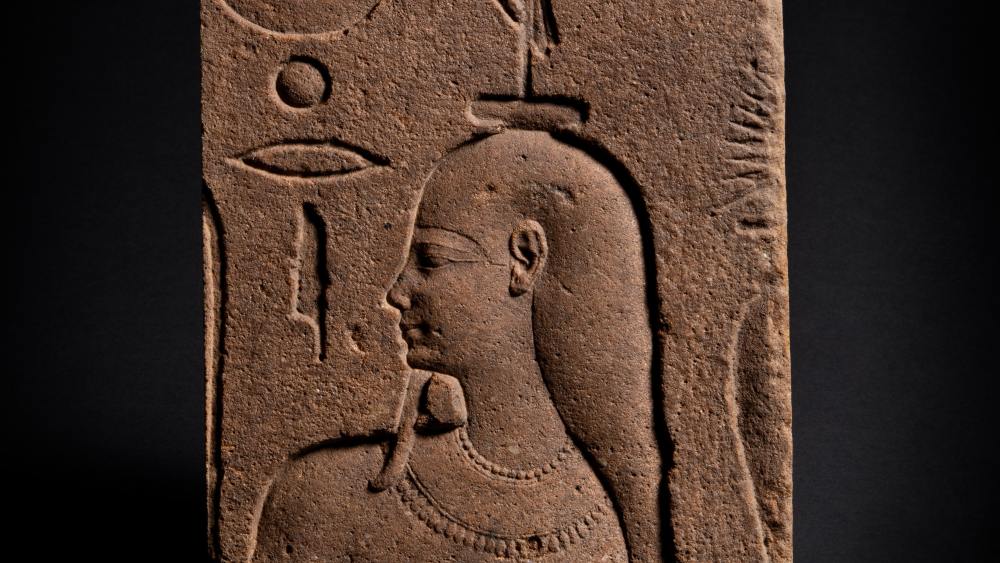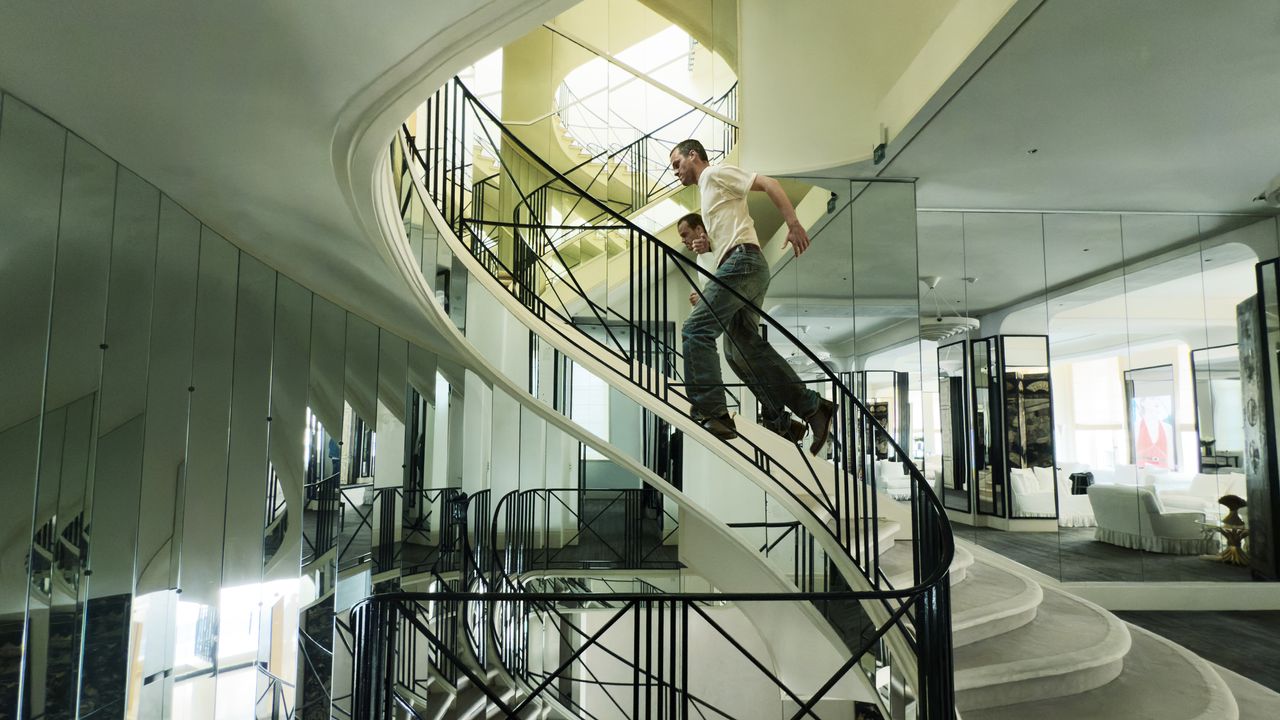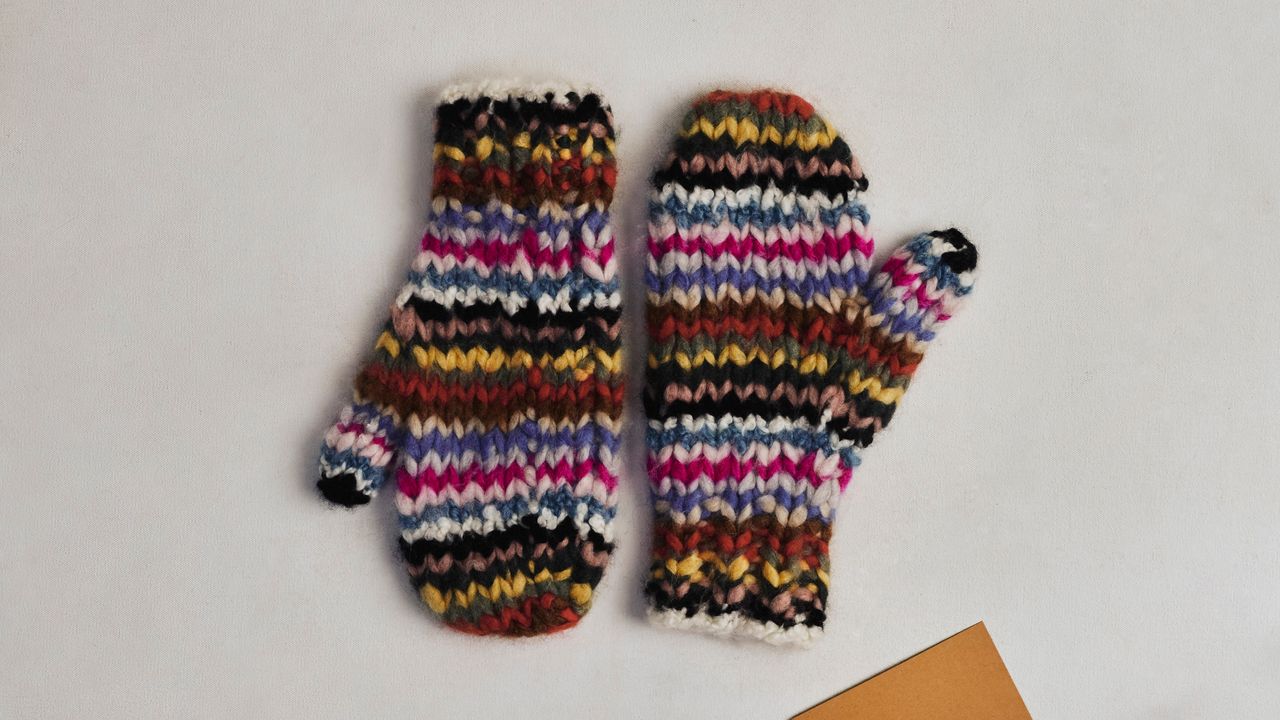
He may not wear a fedora or carry a bullwhip, but Jethro Sverdloff, director at ArtAncient gallery, might just be London’s own Indiana Jones. Together with his codirector Costas Paraskevaides, he buys ancient art and artifacts, investigates their provenance, and brings them back to life.
“We’re looking for wonderful things all day long, but it’s not just about finding something beautiful, it’s about uncovering the story that the object holds,” Sverdloff says during an interview at the minimal, new-build gallery in Fulham, southwest London.
“Sometimes that information gets lost, and so a big part of the job for us is the research, and trying to reconnect those lost stories and that information with the objects,” he adds.

The limestone head from Archaic Cyprus, once part of the collection at the Metropolitan Museum of Art in New York.
ArtAncient Ltd
The directors will be showcasing some of their recent discoveries, bought at auctions and estate sales from antique dealers or private collectors, at Frieze Masters, which runs from Wednesday to Sunday, in tandem with the contemporary art fair Frieze. ArtAncient is taking over Gagosian’s former stand at the front of the fair, booth E1.
Among the works on show will be a rare Egyptian quartzite relief from the early Ptolemaic period, around 332 BC; a vast limestone head from Archaic Cyprus, dating to the 6th to 5th century BC, and an intricately decorated figure of a baboon from Egypt’s Late Period, circa 664 to 332 BC.
For its research, the gallery relies on a vast collection of auction catalogues and sales documents dating back decades, and also has scientists, academics and Egyptologists on call to help with examining objects and translating hieroglyphics.
Sometimes they find clues by chance — something as prosaic as a museum sticker on the bottom of a support stand — and it’s up to the gallery to puzzle out the origins of the mysterious pieces, and restore them in style.
One example is the Eygptian relief, which sparkles as if it was sprinkled with gold dust, but it wasn’t always that way.

An intricately decorated figure of a baboon, dating to Egypt’s Late Period, circa 664-332 BC.
ArtAncient Ltd
“It had been varnished at some point, or covered in a wax [that] darkened the surface of the stone. So we sent it to a conservator who removed it, and that really brought the piece to life. The stone now has a gorgeous warmth to it,” Sverdloff says.
As the gallery was cleaning the piece, it was also looking into its origins. It bought the piece at a Paris auction last year, and Sverdloff says the provenance only went as far back as 1971.
Through private letters and catalogues, the directors were able to trace its ownership to the early 20th century, and its origins in the Ptolemaic period. The relief was most likely an adornment on the outside of a royal monument.
The gallery also resurfaced the history of the head from Archaic Cyprus. Originally unearthed from the temple of Aphrodite at Golgoi, an ancient Cypriot site near modern Athienou, it eventually entered the founding collection of the Metropolitan Museum of Art in New York.
The museum later sold it off, and it ended up in an English private collection. Its history was entirely forgotten. ArtAncient now considers it one of the few surviving masterworks from the foremost sanctuary of Archaic Cypriot art still in private hands.

The granite torso of the Egyptian official Hor-maa-kheru dating to around 285–186 BC. The hieroglyphic inscriptions at the back enumerate his priestly and civic titles.
ArtAncient Ltd
The gallery is just as fascinated with artifacts as it is with art.
ArtAncient is currently carbon-dating a Bronze Age ceremonial spear, which it discovered had a small, well-preserved wooden pole, and bits of compacted soil, still inside. Sverdloff suspects the results will trace the origins of the spear, which was most likely recovered from the Seine in Paris, to 1,100 to 900 BC.
Although it’s not in the Frieze show, the gallery also has a Paleolithic stone tool with a smooth, ergonomic groove for the thumb. And it is perhaps the most moving piece of all. It is rough-edged and was likely used for butchering animals and scraping hides. Not pretty at all, but a real link to a past, and a great example of prehistoric tech.
Unlike the Indiana Jones films, the stone tool — and the other pieces — don’t have magical powers or hidden curses, but they certainly can cast a spell, and fire up the imagination.
#Digging #Ancient #Treasures #Frieze #Masters #London






